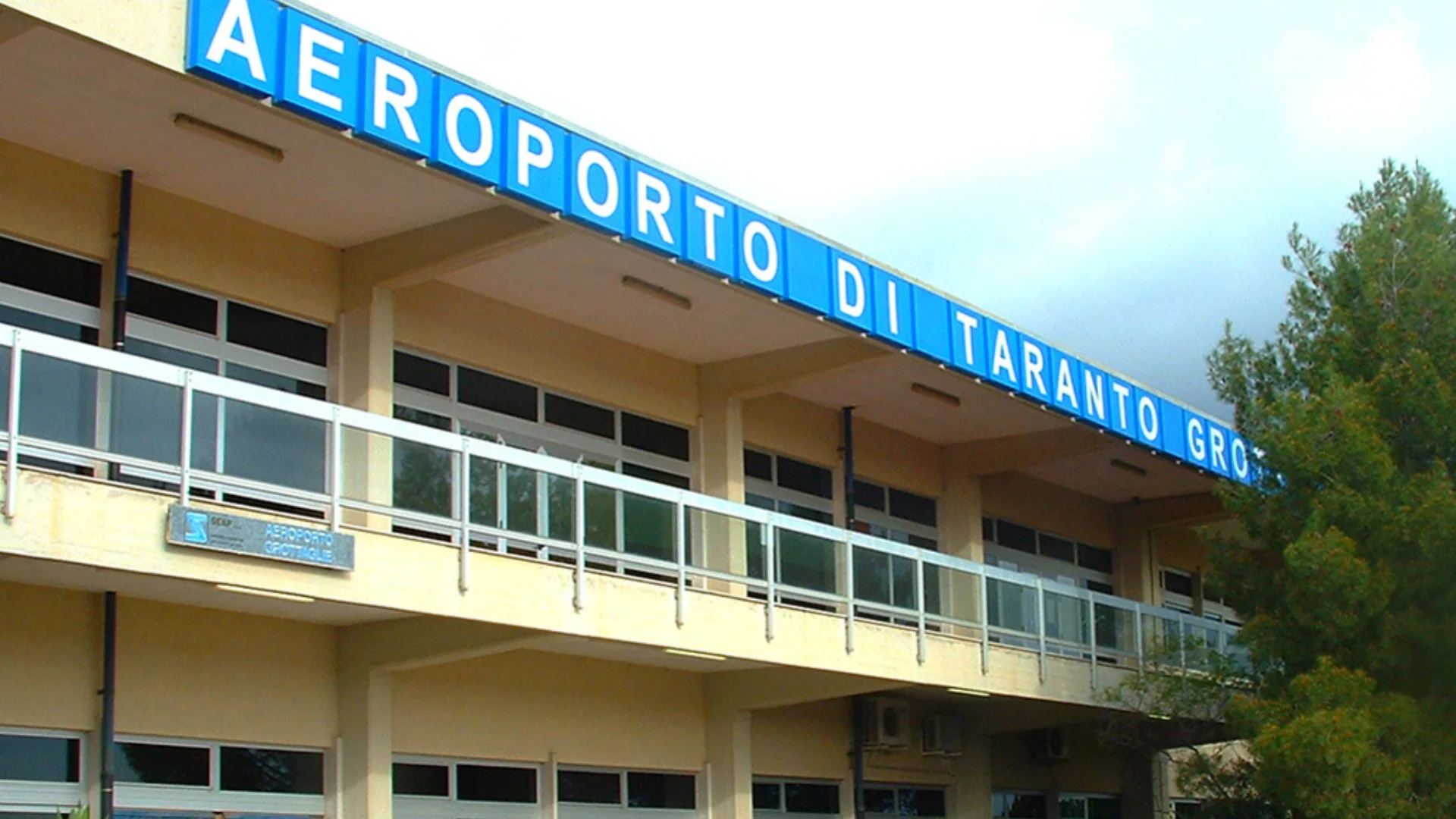Reported incidents of interference with Global Navigation Satellite System (GNSS) signals, known as jamming and spoofing, have been on the rise in Eastern Europe and the Middle East. Similar occurrences have also been noted globally. Initial efforts were concentrated solely on containing these GNSS interference incidents.
"GNSS disruptions are evolving in terms of both frequency and complexity. We are no longer just containing GNSS interference — we must build resilience. The evolving nature of the threat demands a dynamic and ambitious action plan," stated Jesper Rasmussen, EASA Flight Standards Director. "Through collaboration with partners in the European Union and IATA and by supporting the International Civil Aviation Organization (ICAO), we are committed to keeping aviation safe, secure, and navigable."
Nick Careen, IATA Senior Vice President for Operations, Safety, and Security remarked: "The number of global positioning system (GPS) signal loss events increased by 220% between 2021 and 2024 according to IATA’s data from the Global Aviation Data Management Flight Data eXchange (GADM FDX). And with continued geopolitical tensions, it is difficult to see this trend reversing in the near term. IATA and EASA are working together to reinforce the redundancies that are built into the system, to keep flying safe. The next step is for ICAO to move these solutions forward with global alignment on standards, guidance, and reporting. This must command a high priority at the ICAO Assembly later this year. To stay ahead of the threat, aviation must act together and without delay."
 Alerts Sign-up
Alerts Sign-up








